
Written by Suzanne, Chief Health Officer and Resident Grandmother
When I first got into natural healing and health in the 1970’s, one the first books I read was How to Get Well: A Handbook of Natural Healing by Dr. Paavo Airola. In that book, Dr. Airola recommended cow’s milk (whole, raw, organic) as a health food if your ancestors used milk regularly. For example, I am from Swiss/German ancestry, so presumably dairy milk would be a healthy food for me. However, if you are from a culture that never embraced dairy, Dr. Airola would argue that milk would not be healthy for you.
Looking back, this theory seems a bit simplistic considering the mixed ancestry of many people, but at the time I thought it had some credibility, and for many years I bought raw and organic cow’s milk, which is not always easy to find (depending on where you live). I used to have to travel many miles to farms in Vermont with my glass jar to get raw milk fresh from the cow!
Fast forward 30 years, and I still believe that raw, organic, pastured milk (in moderation) can be a healthy food for some, and purchase it occasionally for my grandsons or in the winter when I am craving a cream-based soup. However, pasteurized and homogenized dairy has been implicated in many health and digestive issues, and in my private health coaching practice, I find that most people feel better eliminating or at least limiting dairy.
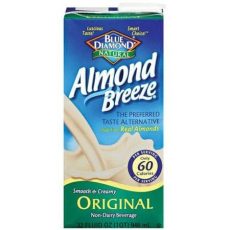
Almond Breeze almond milk is made of mostly sugar, and also contains soy lecithin and carrageenan.
Another Problem with Cow’s Milk: Chemical Contamination
Another problem with cow’s milk—even the organic, raw, and pastured kind—is that it is often contaminated with phthalates (from plastic tubing used to milk the cows) and other environmental toxins. Maia (my daughter and the founder of Gimme the Good Stuff) was invited to appear on The Dr. Oz Show last fall to discuss phthalates in food—and she explained on that segment that dairy is the food source with highest levels of phthalates. I have watched my local Amish farmer milk his cows—and he indeed using soft plastic tubing to do so!
The Milk I Drink Now
In my home, I have switched to homemade almond milk or coconut milk when I crave milk. I was never comfortable with the “processed food look” of the commercial plant-based milks. Because it also has lots of sugar, as well as additives such as carrageenan (a seaweed derivative linked to colon tumors in animal studies) and other questionable ingredients, I felt compelled to make my own milks with simple ingredients from my kitchen. In my opinion, almond milk is the most healthful and easiest milk to make yourself.
So if you are thinking of making the switch from dairy to plant-based milk, here is an easy almond milk recipe. You can also use cashews, or seeds like hemp to make milk.
Ingredients:
- 1 cup almonds
- 1-2 dates, soaked until soft
- Vanilla or cinnamon (optional)
Directions
- Soak the almonds overnight to remove the skins. I cover them with water and add a teaspoon of salt. The skins just pop off in the morning. Drain and rinse. (You can skip this step if you don’t mind straining the skins).
- Blend the almonds with 3-4 cups of water, the dates, and vanilla or cinnamon to taste.
- Over a large bowl, squeeze the liquid through a Nut Milk Bag until all the liquid is squeezed out. (I must confess to my own laziness here: I often don’t bother with this step because I use the almond milk in smoothies so I just consume the pulp.)
Keeps refrigerated for 4–5 days.
If you liked this post, sign up for our newsletter to be alerted when we publish new content like this!

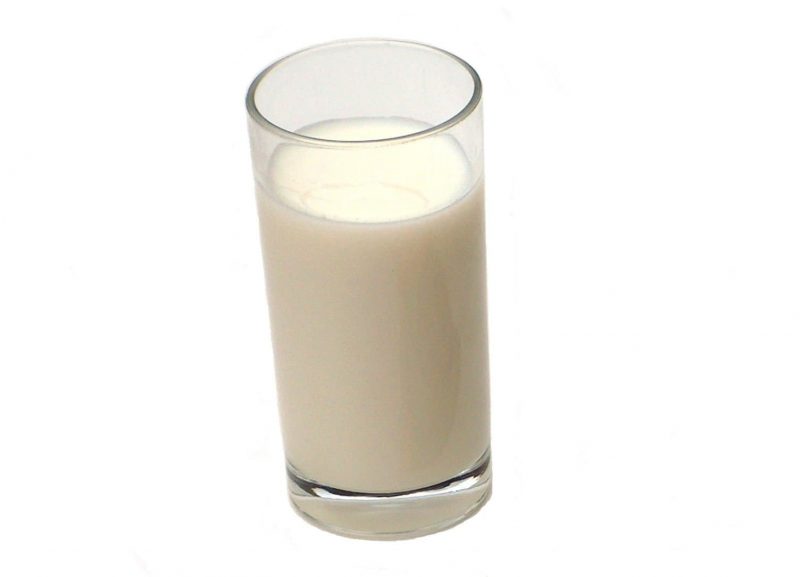
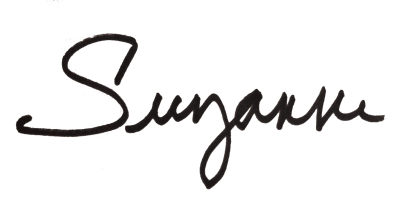
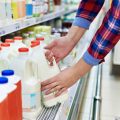


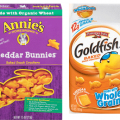
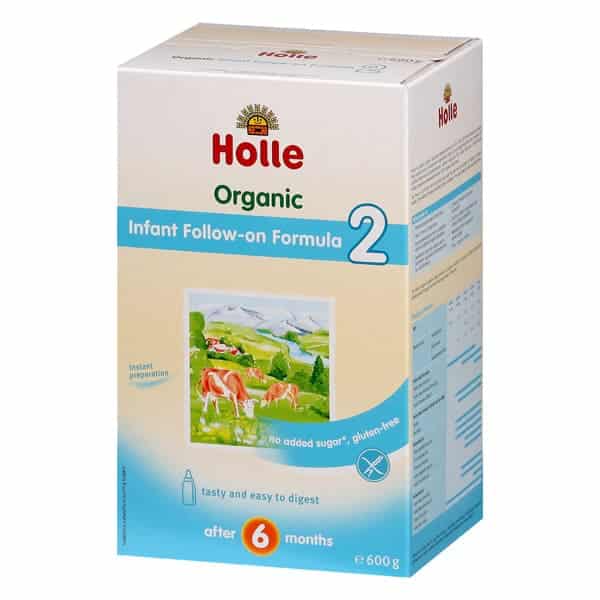

Kate says
Hi,
Thank for the recipe but, can you clarify a few things.
What type of vanilla or cinnamon to use? (vanilla extract, vanilla bean, cinnamon sticks, cinnamon powder?)
How many ounces of almond milk does this recipe make? Since it can only be stored for 4-5 days, I don’t want to make too much 🙂
Can the dates be subbed for agave syrup or honey? If so, how many teaspoons do you recommend?
Thanks so much,
Kate
Suzanne Weaver-Goss says
Hi Kate,
Oh my goodness, I don’t know how I missed this! So sorry. I use vanilla extract but you could certainly use a vanilla bean. I just like the extract for convenience. I also use ground cinnamon for convenience but again you could use a stick. I am using 3-4 cups of water so you can convert that to ounces. There are 8 ounces in a cup. You could substitute honey or agave syrup. I would taste it and make it to your liking.